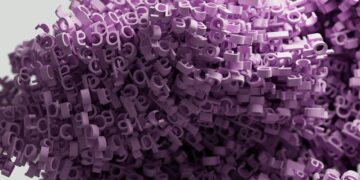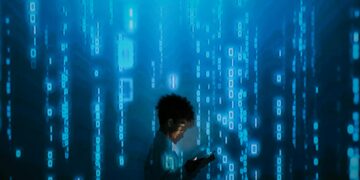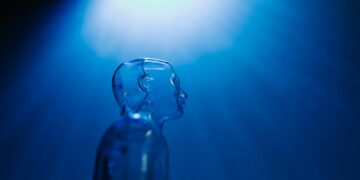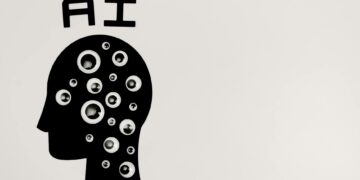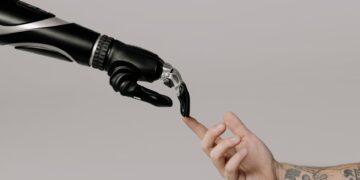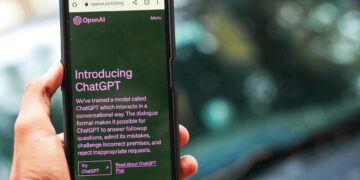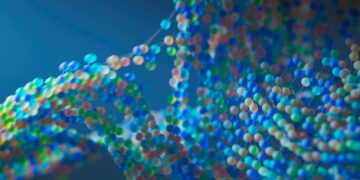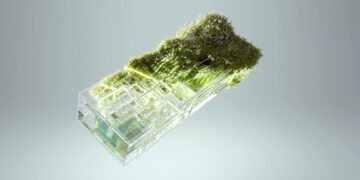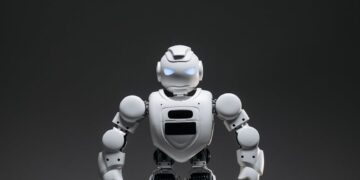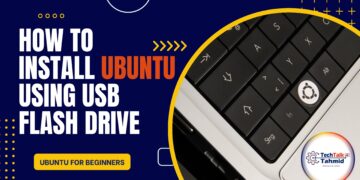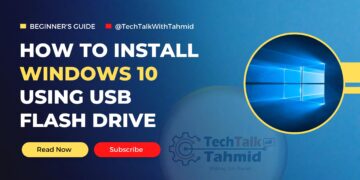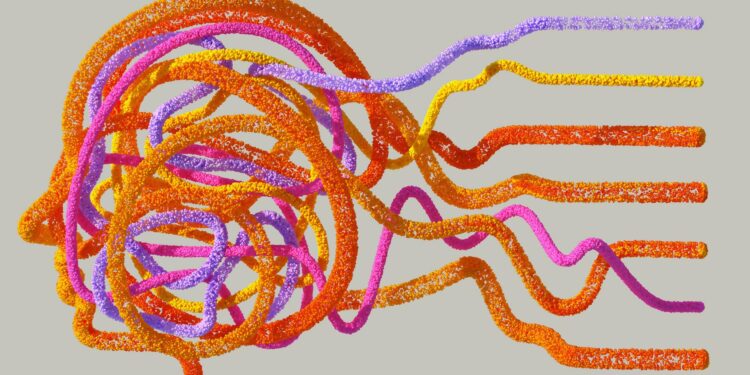AI Art: Revolution or Threat?
The advent of AI art generation tools has sparked a fervent debate within the creative community and beyond. These sophisticated algorithms, capable of producing stunning visuals from simple text prompts, are transforming the landscape of art creation. But this technological leap forward raises crucial questions: is AI art a revolutionary tool that empowers creativity and expands artistic possibilities, or is it a threat to the livelihoods of human artists and the very concept of intellectual property? This article will explore both sides of this complex issue, examining the potential benefits and drawbacks of AI art generation, considering its impact on artists, and analyzing the legal and ethical challenges it presents.
We will delve into the capabilities of AI art generators, their implications for artistic expression, and the ongoing discussion surrounding copyright and ownership. Furthermore, we’ll examine the potential for collaboration between human artists and AI, exploring how these tools might be integrated into existing creative workflows rather than viewed solely as a replacement for human skill.
A New Era of Artistic Expression?
AI art generators offer unprecedented creative potential. They allow artists to explore new styles and techniques, bypass technical limitations, and rapidly iterate on ideas. The ease of generating variations on a theme empowers experimentation and fosters a more playful approach to the creative process. For artists struggling with technical skills, AI tools can act as powerful assistants, enabling them to realize their vision without the need for mastery of traditional artistic methods. This democratization of artistic tools could potentially lead to a surge in creative output and a wider diversity of artistic voices.
The Copyright Conundrum
The legal landscape surrounding AI-generated art is still largely uncharted territory. Copyright laws are designed to protect the intellectual property of human creators, but the question of authorship becomes blurry when an algorithm is involved. Who owns the copyright to an image generated by an AI? Is it the user who provided the prompt, the developers of the AI model, or even the AI itself (a question that highlights the absurdity of the current legal framework)? This uncertainty poses significant challenges for artists who may find their work imitated or used without proper attribution or compensation.
Furthermore, the training data used to develop AI art generators often consists of vast collections of existing artwork, raising concerns about potential copyright infringement in the creation of new images. The legal implications are complex and constantly evolving, requiring a thorough reassessment of existing intellectual property laws.
The Impact on Human Artists
The fear that AI art generators will render human artists obsolete is a valid concern. The potential for AI to produce images quickly and efficiently at a low cost could disrupt established markets and reduce demand for human-created art. However, history has shown that technological advancements often lead to shifts in the creative landscape rather than outright replacements. Photography, for example, did not eliminate painting; instead, it redefined its role and purpose.
The integration of AI could create new artistic roles and specializations. Artists may find themselves collaborating with AI, using it as a tool to enhance their creativity rather than compete with it. A new wave of digital art forms will likely emerge, leading to exciting artistic experiments and collaborations.
Collaboration, Not Replacement
| Aspect | AI’s Role | Artist’s Role |
|---|---|---|
| Concept Development | Rapid prototyping, exploration of variations | Defining vision, refining aesthetics |
| Technical Execution | Generating base images, handling technical details | Adding personal touches, fine-tuning details |
| Artistic Vision | Expanding possibilities, suggesting new directions | Maintaining creative control, infusing unique style |
The most likely future scenario involves a collaborative relationship between human artists and AI. Artists can leverage the strengths of AI—its speed, efficiency, and ability to generate diverse variations—while retaining control over the artistic vision and ensuring the uniqueness and personal expression that remains the cornerstone of genuine art. This collaborative approach can unlock new creative horizons and enrich the artistic experience for both artists and audiences.
Conclusion
AI art generation is undeniably a revolutionary tool with the potential to profoundly impact the art world. While concerns about copyright infringement, the displacement of human artists, and the ethical implications of AI are valid and require careful consideration, it’s crucial to avoid a simplistic “revolution versus threat” narrative. The reality is far more nuanced. AI art generators offer exciting new possibilities for artistic expression and experimentation, but their integration requires a responsible approach. The legal framework needs adaptation, open conversations about copyright and ownership must take place, and artists must adapt and embrace the opportunities presented by this new technology. The future likely lies in collaboration, where AI serves as a potent tool in the hands of human artists, enhancing their creativity rather than replacing it entirely. This collaborative approach could lead to a vibrant and innovative future for art, pushing boundaries and enriching the cultural landscape in ways we can only begin to imagine.

